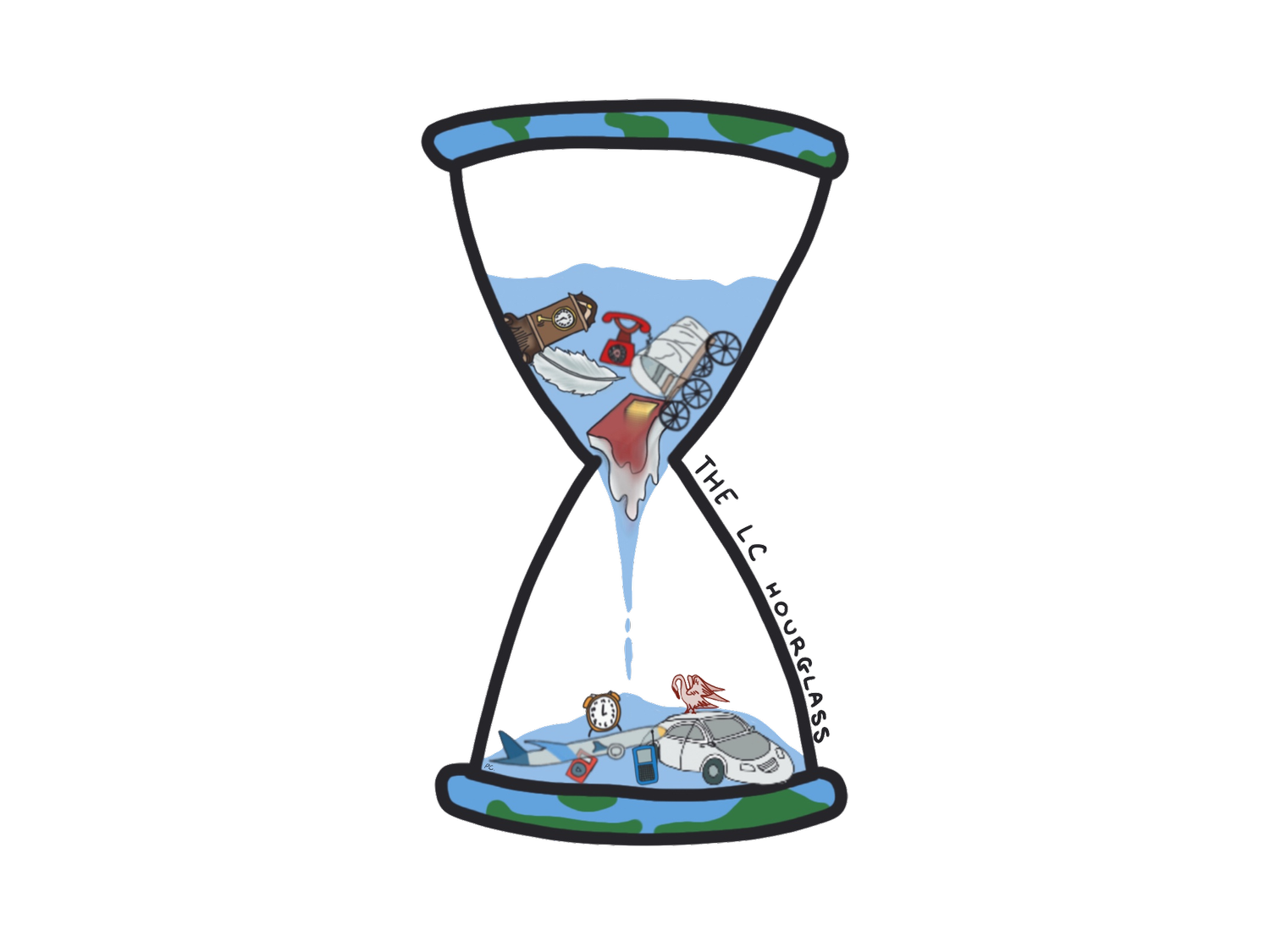Single Parent Households: How They Oppress and How Capitalism Caused Their Rise
By Oliver Zhang, 2025
America is the country with the highest proportion of children born to single parent households, a staggering figure indicative of deep systemic issues. Of course, single parent households aren't inherently bad. However, they serve—especially in America—as part of the interlocking systems of power maintaining the hierarchy. This is because the situations in which they typically arise are ones where they burden an already burdened parent and hinder an already hindered child.
What are those instances, though? Here are some figures. As of 2021, 64% of African American children were in single-parent households, compared to just 24% of Non-Hispanic White children. 80% of single parents were single mothers, and, as one might expect, the single mother made less than the single father. 29% of single parents were below the poverty level, compared to 11% for broader America. Thus, the responsibility of single-handedly rearing a child tends to fall on the already disadvantaged; single parent households are inclined to appear in places already struggling, and keep those places struggling; today, they function by and large as part of the dispositif.
Of course, single parent households are not malicious predators seeking out prey, but motiveless ones which just happen to prefer the intersectional. Their effect is perhaps most visible in terms of class. The poor single parent, struggling to make ends meet as it is, now needs to find money and time to care properly for their child. This often requires multiple jobs. If they can't find this money and time, the child suffers. Compounded by other axes of oppression, all this work will probably still result in a child more disadvantaged than their peers. Single parenthood is a leech, one which those lacking blood cannot afford. Meanwhile, the rich single parent hires a nanny. Essentially, single parenthood creates a self-perpetuating cycle which deters social mobility.
In line with typical critical theory, thus far has been entirely bitching and no praxis. Let’s add a bit of praxis to give some appearance of substance to the piece. The rise of single parent households can almost be entirely attributed to non-marital childbearing and divorce. The former has a clear first step: the reinstating of Roe v Wade and abortion as a federal right. That’s it for praxis—the next steps are out of sight, and the latter is Herculean, for rising divorce rates are caused by two linked societal values integral to Americanism.
First: secularisation. This includes the ease of divorce, the social acceptance of it, and the shying away from marriage in the first place, which, vis-à-vis households, is functionally the same as divorce—cohabitating parents break up two-thirds of the time before a kid turns twelve. It is vital here to not infantilize: a person has agency, and chooses to make these decisions, regardless of circumstance. Nevertheless, it should also be acknowledged that by and large society makes these decisions incredibly easy, and addressing them means, as a society, either placing more importance on marriage or discouraging divorce.
Second: late-stage capitalism. This involves the materialist outlook so fundamental to American consumerism, which pervades love, encouraging one to throw a broken relationship out and to search for a new one. With technology (namely social media) setting unrealistically high expectations, this outlook further makes relationships difficult. Resulting from this, the rich choose to marry the rich. The share of women married has dropped in every percentile from 1970-2011, except for the top 5%.
Throwing away collectivist ideals for personal advancement, the American Dream is fundamentally individualistic. Is it compatible with egalitarianism?
References
Burton, Neely. "The Rise and Fall of Divorce." Psychology Today, June 10, 2017. Accessed October 26, 2023. URL: https://www.psychologytoday.com/us/blog/hide-and-seek/201706/the-rise-and-fall-divorce
Greenstone, M., and A. Looney. “The Marriage Gap: The Impact of Economic and Technological Change on Marriage Rates - The Hamilton Project.” The Hamilton Project, February 2, 2012. Accessed October 26, 2023. https://www.hamiltonproject.org/publication/post/the-marriage-gap-the-impact-of-economic-and-technological-change-on-marriage-rates/.
Kramer, Stephen. “U.S. has world’s highest rate of children living in single-parent households.” Pew Research Center, May 28, 2021. Accessed October 26, 2023. URL: https://www.pewresearch.org/short-reads/2019/12/12/u-s-children-more-likely-than-children-in-other-countries-to-live-with-just-one-parent/.
Thompson, Derek. “How America's Marriage Crisis Makes Income Inequality So Much Worse.” The Atlantic, October 1, 2013. Accessed October 26, 2023. URL: https://www.theatlantic.com/business/archive/2013/10/how-americas-marriage-crisis-makes-income-inequality-so-much-worse/280056/.
U.S. Census Bureau. “America’s Families and Living Arrangements: 2021.” Published December 8, 2021. Accessed October 26, 2023. URL: https://www.census.gov/data/tables/2021/demo/families/cps-2021.html.
U.S. Census Bureau. “Poverty in the United States: 2021.” Published September 13, 2022. Accessed October 26, 2023. URL: https://www.census.gov/library/publications/2022/demo/p60-277.html.
“Children in single-parent families by race and ethnicity.” KIDS COUNT Data Center, January 2023. Accessed October 26, 2023. URL: https://datacenter.aecf.org/data/tables/107-children-in-single-parent-families-by-race-and-ethnicity#detailed/1/any/false/2048,1729,37,871,870,573,869,36,868,867/10,11,9,12,1,185,13/432,431.
“Why more parents are choosing cohabitation over marriage.” Parenting.com. Archived May 25, 2013. Accessed October 26, 2023. URL: https://web.archive.org/web/20130525065911/http://www.parenting.com/article/cohabitation?page=0,1.
